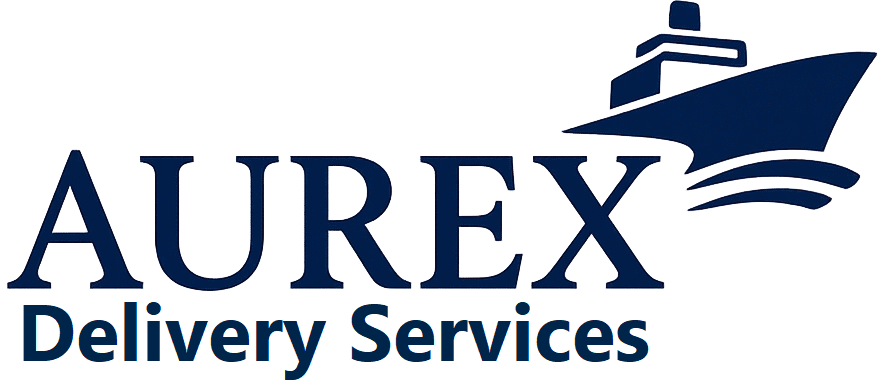

Land freight is one of the most essential modes of transportation in global trade and domestic distribution. It involves the movement of goods by road or rail and is often the backbone of supply chains, connecting ports, warehouses, factories, and retail outlets. For many businesses, land freight is the most cost-effective and flexible solution for shipping goods across short and medium distances.
Land freight refers to the transportation of goods via trucks, trailers, and rail networks. It is the preferred method for moving shipments across countries or within regions where direct sea or air routes are not practical.
Land transport is generally more affordable than air freight and, depending on distance, more flexible than sea freight.
Best for bulk shipments across regional or cross-border routes.
Unlike sea or air freight, land freight often offers direct door-to-door delivery, eliminating the need for multiple handling points.
Trucking and rail services provide flexible routing, making it easier to access remote areas or multiple delivery destinations.
Trucks and railways can handle heavy machinery, raw materials, construction goods, and large shipments with efficiency.
Land freight is crucial for cross-border trade within regions like North America, Europe, and Asia, where road networks are highly developed.
Full Truckload (FTL): A truck dedicated to a single shipment, offering faster and safer transport.
Less-than-Truckload (LTL): Multiple shipments from different customers share truck space, reducing costs.
Rail Freight: Cost-effective for bulk goods over long land distances.
Container Trucking: Used for moving containers from ports to warehouses or inland destinations.
Specialized Transport: Flatbeds, tankers, and refrigerated trucks for specific cargo like liquids, perishables, or oversized goods.
| Feature | Land Freight | Air Freight | Sea Freight |
|---|---|---|---|
| Speed | Moderate (hours to days) | Fastest (days) | Slowest (weeks) |
| Cost | Affordable | High | Low (for large volumes) |
| Cargo Capacity | Large, especially via rail | Limited to smaller shipments | Very large volumes (containers) |
| Best For | Regional & cross-border trade | Urgent, high-value shipments | Bulk, non-urgent global shipments |
Consumer goods and retail products
Industrial machinery and construction materials
Agricultural products and raw materials
Food and beverages (including refrigerated items)
Chemicals and petroleum products
Automotive parts and vehicles
Land freight remains one of the most practical and efficient ways to transport goods. Its affordability, flexibility, and ability to provide door-to-door service make it a vital choice for businesses engaged in domestic and regional trade. Whether through trucks or railways, land freight ensures a steady flow of goods that supports economies and keeps supply chains moving.

At Aurex Delivery Services, we are committed to providing efficient, secure, and reliable shipping and delivery solutions to clients across the globe.
Your inquiries and requests are always welcome.
Copyright © 2025 AUREX DELIVERY SERVICES. Powered By Aurex